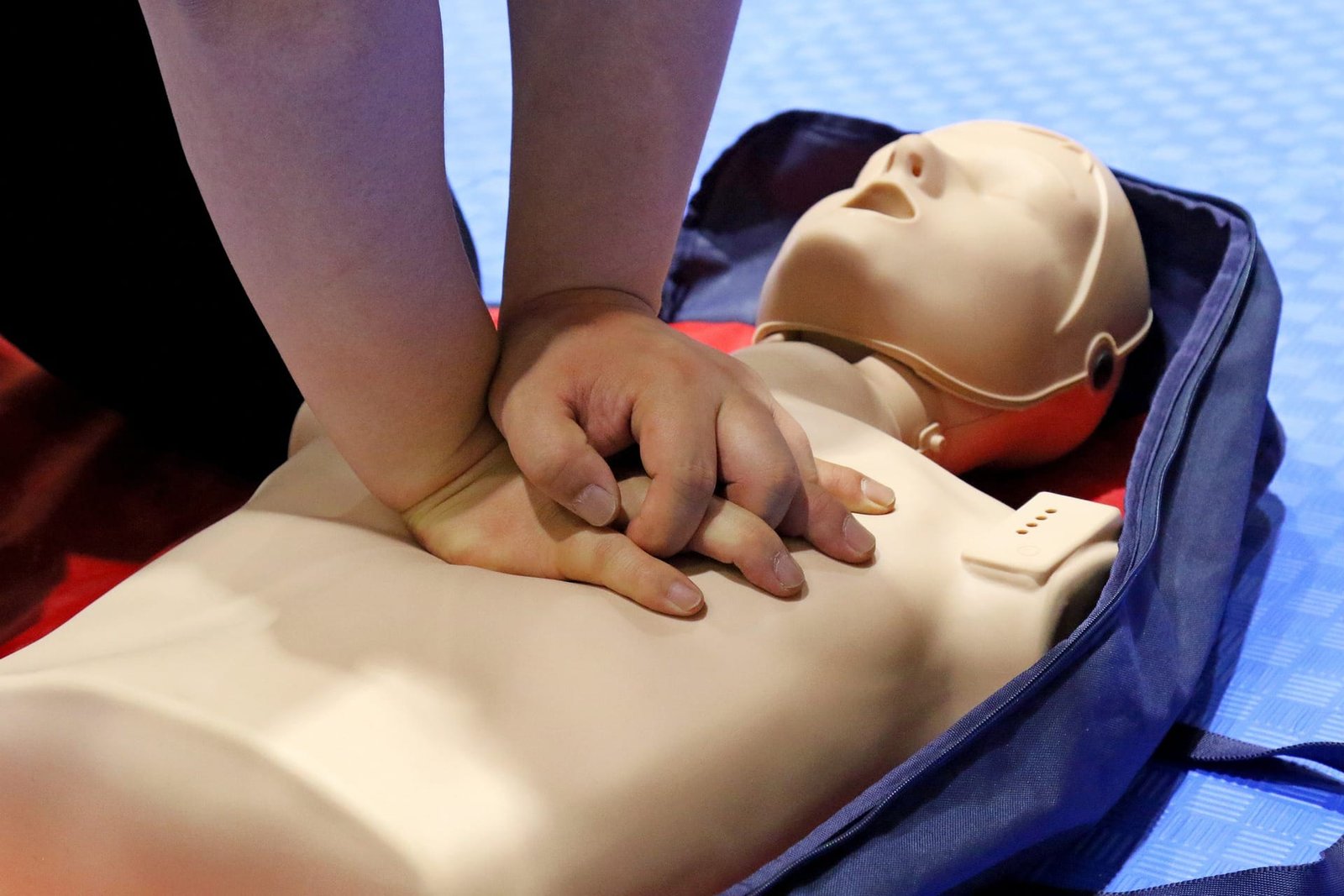
Essential First Aid Training and CPR Techniques for Lifesaving Skills
In today’s world, knowing how to administer First Aid and perform CPR (Cardiopulmonary Resuscitation) can mean the difference between life and death. This comprehensive guide provides essential information on First Aid techniques and CPR procedures that everyone should know. Whether you’re a parent, teacher, or workplace supervisor, being prepared for emergencies is crucial.
What is First Aid? | First Aid Training Overview
First Aid is the immediate care provided to someone who is injured or suddenly becomes ill. It includes techniques such as:
- Wound Care
- Burn Treatment
- Choking Relief (Heimlich maneuver)
Learning these skills can help you respond effectively in critical situations, ensuring the safety and well-being of those around you.
Key CPR Techniques for Emergencies | CPR Training
CPR is a lifesaving technique used in emergencies when someone’s breathing or heartbeat has stopped. By learning the proper steps to perform CPR, you can help restore blood flow and oxygen to vital organs, increasing the chances of survival until medical professionals arrive.
Key First Aid Techniques Everyone Should Master
Wound Care
- Clean the Wound: Rinse under clean water to remove dirt and debris.
- Stop the Bleeding: Apply direct pressure with a clean cloth. If it soaks through, add more layers without removing the first dressing.
- Dress the Wound: Cover with a sterile bandage to protect against infection.
Burn Treatment
- Cool the Burn: Run cold water over the burn for 10-20 minutes to reduce pain and swelling.
- Cover the Burn: Use a sterile, non-stick bandage; avoid ice or ointments.
- Seek Medical Attention: For severe burns, get professional help immediately.
Choking Relief (Heimlich Maneuver)
- For Adults and Children Over 1 Year: Stand behind, make a fist above the navel, and thrust inward and upward until the object is expelled.
- For Infants Under 1 Year: Face down on your forearm, give five back blows, then five chest thrusts.
7 Key Steps of CPR (Cardiopulmonary Resuscitation) You Need to Know
- Ensure Safety Before approaching the victim, ensure that the environment is safe for both you and the victim. Check for any potential hazards (traffic, fire, electrical wires) that could cause harm.
- Check Responsiveness Gently tap the person and shout, "Are you okay?" If the person does not respond, call for help immediately. If you're alone, call emergency services (e.g., 911) before proceeding.
- Call for Help If the person is unresponsive, call emergency services or direct someone else to call. If possible, retrieve an Automated External Defibrillator (AED) if it's nearby.
- Open the Airway Carefully tilt the head back by placing one hand on the forehead and two fingers of the other hand under the chin. This maneuver opens the airway by lifting the tongue away from the back of the throat.
- Check for Breathing Look, listen, and feel for breathing for no more than 10 seconds. If the person is not breathing or only gasping, begin CPR.
- Perform Chest Compressions Place the heel of one hand on the center of the chest, interlock your fingers with the other hand, and keep your elbows straight. Push down hard and fast, at a rate of 100-120 compressions per minute, and allow the chest to fully recoil between compressions. Aim for a depth of about 2 inches.
- List Item
Managing Sprains and Strains
- Rest: Avoid using the injured area.
- Ice: Apply ice packs for 15-20 minutes to reduce swelling.
- Compression: Use elastic bandages to minimize swelling.
- Elevation: Keep the area elevated above heart level.
Recognizing a Stroke (FAST Method)
- Face: Look for drooping when the person smiles.
- Arms: See if one arm drifts downward.
- Speech: Listen for slurred speech when repeating a phrase.
- Time: Call emergency services immediately if any signs appear.
Recognizing Allergic Reactions
- Signs: Watch for hives, swelling, or breathing difficulty.
- Action: Assist with an EpiPen if available; call for medical help.
Conclusion
Being prepared for emergencies through First Aid training and CPR techniques can make a significant difference in critical situations. Enroll in First Aid training today to equip yourself with essential lifesaving skills!
Dont Hesitate To Contact Us
We’re here to help! If you have any questions, feedback, or need assistance, please feel free to reach out.


